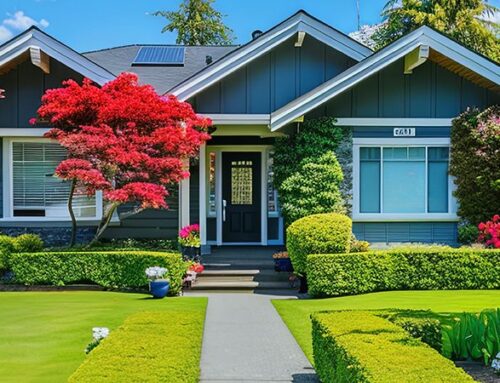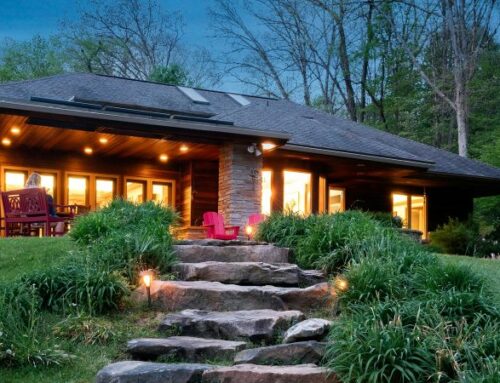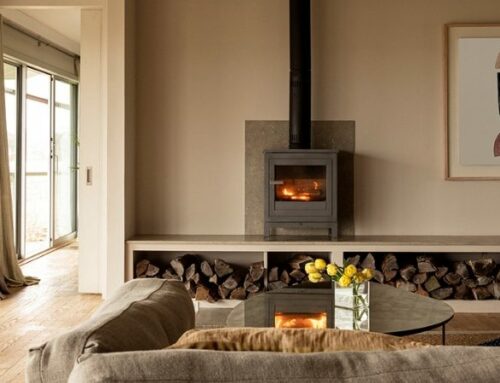Recent innovations in building materials and installation have led many homeowners to think about installing hardwood flooring in finished basements. However, before selecting flooring, consider the moisture level in your basement and how you intend to use the added living space. Will the finished basement be a children’s play area, a teenagers’ hang out space, or a home gym? If you’re planning on making your basement any of the above, a highly durable flooring material should be preferred. If you plan to use the space to entertain friends and family, you may want a more formal look. To accurately gauge potential issues, spend some time observing moisture patterns in your basement. An odor of mold or mildew is one clue to hidden dampness. Does a wave of mold hit you as you descend toward the stairs. Check your sump pump activity. Does it switch on frequently? If it does, can you pinpoint the reason why? Do you find puddles on the floor every time an inch of rain falls? To answer these questions reliably, you may need to live in your home for months or years.
Hardwood Flooring
Although hardwood flooring is a timeless choice, humidity levels below ground, even in dry basements, are too inconsistent for this material. According to flooring manufacturer Armstrong, engineered hardwood may be an option in some basements due to its multi-ply structure. Constructed with perpendicular layers of wood, engineered wood is more resistant than traditional hardwood—which is typically one solid layer— to moisture damage and the warping caused by temperature shifts.
Laminate Flooring
In the past 10–15 years, laminate floors have gained popularity due to their ability to mimic the appearance of wood. A photographic image of wood grain is printed on compressed fiberboard and then covered with a clear finish. Well-made laminates closely resemble wood, are easy to clean, and resist scratches and scuff marks unlike real hardwood flooring. As for installation, laminate pieces generally snap and lock together and can be laid directly on top of a base floor of tile or concrete. In basements, an additional vapor layer made of a material such as plastic is recommended as a moisture barrier.
Carpet
Carpet lends a warm, comfortable feel to a basement. However, the downside of this choice is that whereas carpet can withstand small leaks, the layer of padding below it will absorb water like a sponge and will need in time to be replaced. Carpet tiles are more expensive than rolled carpet, but if water intrusion is limited to a small area of your basement, the replacement of only a few tiles costs less than recarpeting the entire floor. If you like the look of carpet but want to limit spending, consider searching for an adequately sized remnant to cover your base flooring.
Home Gym Flooring
If you go the home gym route, rubber flooring can be directly installed instead of laminate or carpet, and gym mats can be placed on top. Rubber flooring provides the necessary support for home workouts and adds a professional gym look to your décor.
Vinyl and Tile
If you have a history of water issues, sheet vinyl and ceramic tile are two classic basement flooring options and are among the least likely to be damaged by moisture. Vinyl is sometimes installed over a wood subfloor because the concrete layer is not perfectly flat, but water can seep through cracks in the vinyl and damage the wood below. Ceramic tile, on the other hand, is impenetrable.
Looking to buy or sell in the Nevada County area? Give a Coldwell Banker agent a call today!





